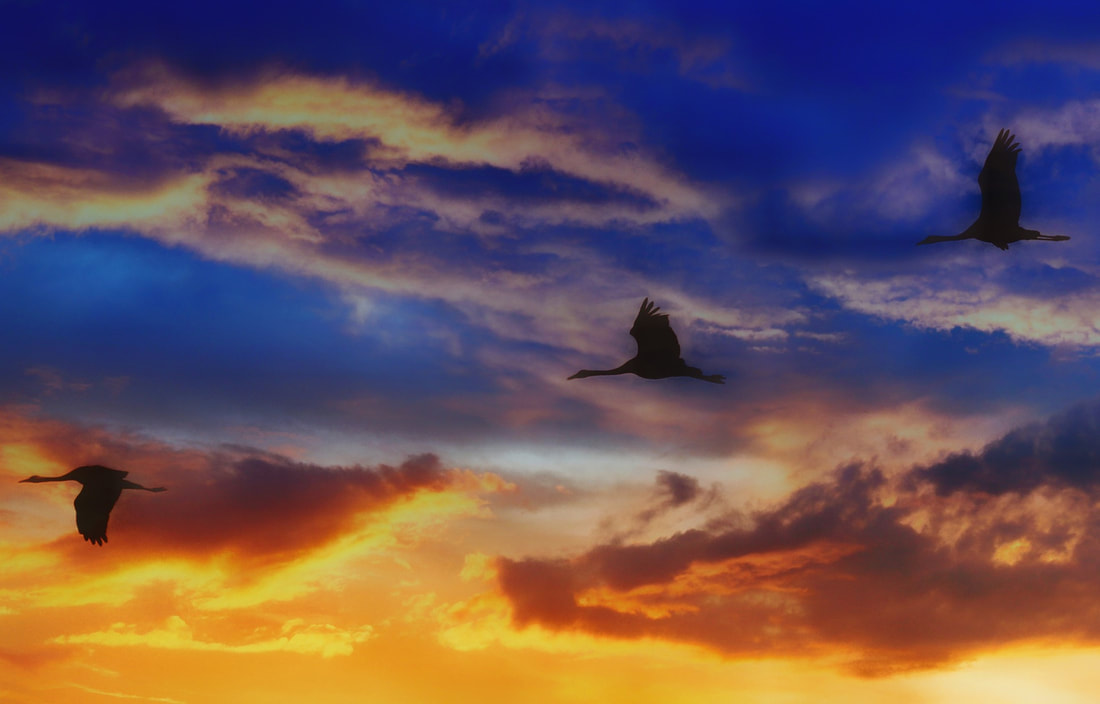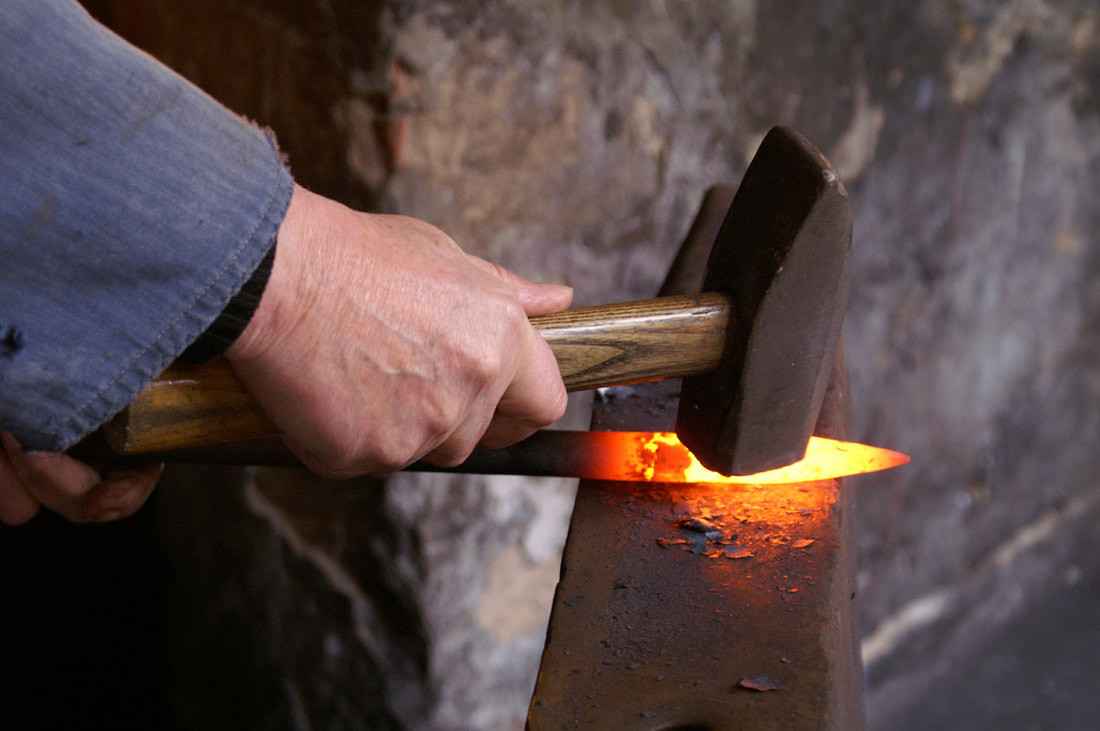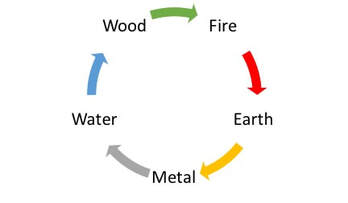I use the word invasion but there was also a kind of beneficial exchange, depending on the perspective we choose to take, what has been categorized by historians as the Columbian Exchange. Through migrations come also the exchange of ideas, of thought and of culture. I believe I am a fine example of this. My ancestors originated from China, emigrated to Malaysia and I emigrated to Europe after a stint of 8 years in the American continent. What has all this shown me? Life on Earth is about learning, experiencing and adapting to change. Adapting to survive, adapting to live, adapting to thrive. Just as birds are migrating to more hospitable climates to survive and thrive for a certain amount of time, we too can travel not just physically but also in our minds.
"Be an alien. Strangers in strange lands bring home new brains. This makes it easier to make assumptions that need questioning, and then actively question them...Another key for seeing differently is not to move through the world comfortably...Don't be a tourist in your own life, taking your assumptions wherever you go." (Lotto, 2017: 233-240)
Not only does migration and travel enrich a society and the individual, it actually is essential to diversity and creativity. It is nice to feel comfortable but it wasn't/isn't being comfortable that stimulates life and evolution of a being or of a species.
So often we think of migration and we think of people or birds. However, migration is also a story of life on Earth. How did Water come to Earth? Many scientists believe it was from asteroids or comets that "migrated" from outer space into the Earth's atmosphere, which had the perfect temperature as well as environment to produce liquid Water. Migration is movement and movement is life. As human societies and countries around the world continue to dispute who can and cannot immigrate into their countries, we have to acknowledge that migration is key to biodiversity and survival of life on Earth. It is after all how you and I came to be here on this part of the Earth at some point in time, through our own personal migration or of our ancestors' migration before us.
Reference
Lotto, Beau (2017): Deviate - The Creative Power of Transforming your Perception. London: Orion Publishing
Image by Lolame on Pixabay





 RSS Feed
RSS Feed